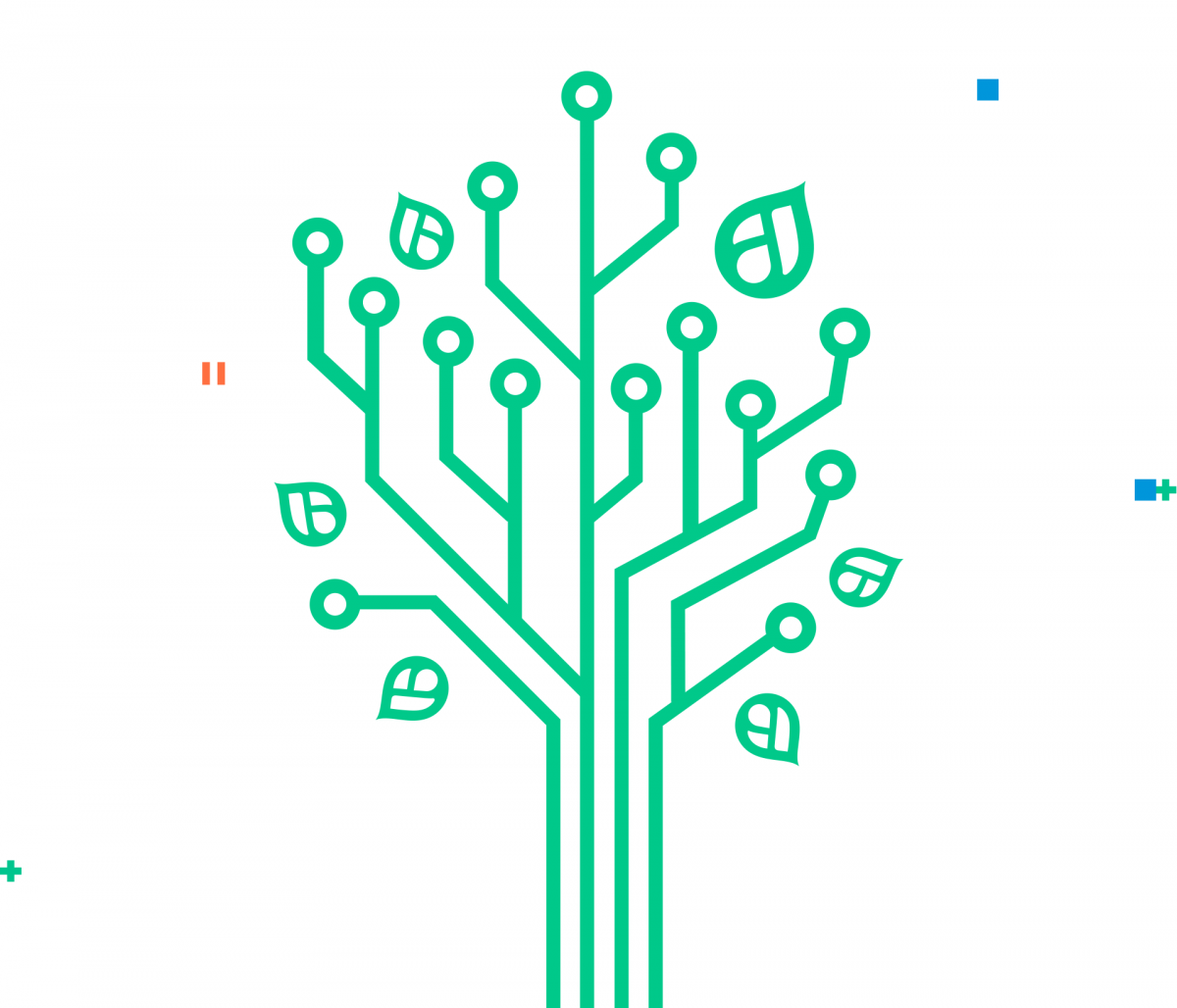The problem is not new
Incidentally, this is also the case with the use of the bandwidth available to us. If you look at the information content of each megabyte transmitted, it has developed almost antiproportionally to the bandwidth: The actual utility of the transmitted data is getting smaller and smaller, while the bandwidth is getting larger and larger. Economist William Stanley Jevons noted as early as the mid-19th century that more efficient use of a commodity leads to increased use of that commodity, rather than decreased use as expected.[3] At the time, the issue was coal. Jervons originally assumed that wider and more efficient use of the commodity would result in a reduction in demand. As we know, the opposite has occurred. We can observe exactly the same effect with the resource “Internet”, as described above.
In addition, the Swiss computer scientist Niklaus Wirth found 25 years ago that software becomes memory-hungry (and thus energy-hungry) faster than hardware improves.[4] So increasing computing capacity and faster hardware does not save energy: quite the opposite. We are consuming more and more energy.
The Internet’s hunger for energy
The question that now arises for me as a web developer is: What can we do about it in our professional environment? After all, we are the ones who provide websites and services. This means that we are basically responsible for ensuring that the systems we design and develop use the available resources as sparingly as possible and are as durable as possible. Only then can we speak of sustainable software. To achieve this, we first need to understand where the Internet’s hunger for energy comes from in order to know where we can take action to improve the balance of our software.
On the one hand, there are the data centers of the hosting providers. Every time a web page is called up, a server delivers the corresponding data and, of course, consumes electricity to do so. Every single request to be answered by a server therefore results in increased power consumption in the data center. And on the other hand, there are the end devices that display the requested web pages and in turn consume electricity. Whether it’s a PC or a mobile device, they all require energy. Even leaving aside the energy that was needed to produce all this equipment, it still adds up. In addition, the content also has to be transported from the data center to the end device via the actual network infrastructure, which takes up further capacity.
It can now be observed that the energy transition is slowly picking up speed and some of the large Internet companies are getting involved here and promoting and driving the development toward less emissions on their own initiative: Google, for example, wants to offset its entire CO2 emissions since its founding.[5] And Amazon, according to its own statements, also wants to be climate-neutral by 2040.[6] But even if one day no more data centers are operated with fossil energy, it is still not sustainable to consume more energy than necessary. Because even if the server that delivers a website is powered by solar energy, the energy it requires is still precious and a resource worth protecting.





